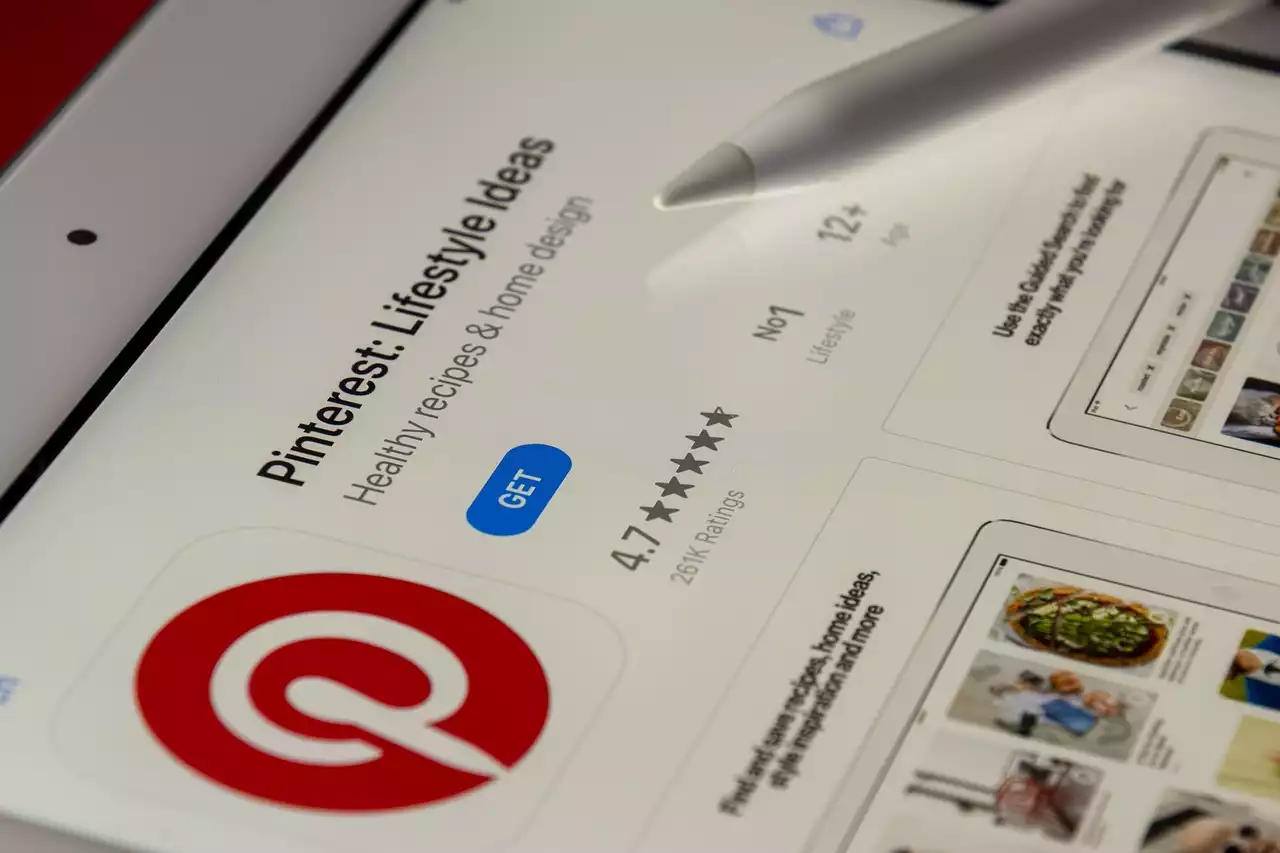What Makes a PWA Effective?
Before diving into the examples, it's important to understand what makes a PWA effective. At its core, a PWA should offer users a seamless mobile experience that is fast, reliable, and engaging. This means that PWAs should be designed to load quickly, even on slow connections, and provide users with a smooth, intuitive interface. Additionally, PWAs should be able to work offline, providing users with access to content even when they don't have an internet connection.
But what really sets effective PWAs apart is their ability to leverage the full power of the web. This means that PWAs should be optimized for search engines and social media, making it easy for users to discover and share content. Effective PWAs should also be designed to be accessible, ensuring that all users, regardless of ability, can use and interact with the app.
Example 1: Twitter Lite
Twitter Lite is a prime example of an effective PWA. This lightweight version of the popular social media platform was designed with emerging markets in mind, where slow internet speeds and low-end devices are common. Despite its small size, Twitter Lite offers users a fast, reliable experience that rivals that of the native app.
One of the key features of Twitter Lite is its ability to work offline. By caching content and storing it locally on the user's device, Twitter Lite can be used even when there is no internet connection. Additionally, Twitter Lite is optimized for search engines, making it easy for users to discover and share content.
Example 2: Pinterest
Pinterest is another example of an effective PWA. This popular image-sharing platform has embraced PWAs as a way to provide users with a fast, engaging experience that works seamlessly across all devices. By leveraging the full power of the web, Pinterest has been able to create a PWA that is optimized for search engines and social media, making it easy for users to discover and share content.
One of the key features of Pinterest's PWA is its ability to work offline. By caching content and storing it locally on the user's device, Pinterest can be used even when there is no internet connection. Additionally, Pinterest's PWA offers users a smooth, intuitive interface that is easy to navigate, making it an effective tool for discovering and saving ideas.
Example 3: Starbucks
Starbucks has embraced PWAs as a way to provide users with a fast, engaging experience that rivals that of the native app. By leveraging the full power of the web, Starbucks has been able to create a PWA that is optimized for search engines and social media, making it easy for users to discover and share content.
One of the key features of Starbucks' PWA is its ability to work offline. By caching content and storing it locally on the user's device, Starbucks can be used even when there is no internet connection. Additionally, Starbucks' PWA offers users a smooth, intuitive interface that is easy to navigate, making it an effective tool for ordering coffee and finding nearby stores.
Example 4: Lancome
Lancome has embraced PWAs as a way to provide users with a fast, engaging experience that rivals that of the native app. By leveraging the full power of the web, Lancome has been able to create a PWA that is optimized for search engines and social media, making it easy for users to discover and share content.
One of the key features of Lancome's PWA is its ability to work offline. By caching content and storing it locally on the user's device, Lancome can be used even when there is no internet connection. Additionally, Lancome's PWA offers users a smooth, intuitive interface that is easy to navigate, making it an effective tool for browsing and purchasing beauty products.
Example 5: Uber
Uber has embraced PWAs as a way to provide users with a fast, engaging experience that rivals that of the native app. By leveraging the full power of the web, Uber has been able to create a PWA that is optimized for search engines and social media, making it easy for users to discover and share content.
One of the key features of Uber's PWA is its ability to work offline. By caching content and storing it locally on the user's device, Uber can be used even when there is no internet connection. Additionally, Uber's PWA offers users a smooth, intuitive interface that is easy to navigate, making it an effective tool for ordering rides and tracking their progress.
Example 6: Lyft
Lyft has embraced PWAs as a way to provide users with a fast, engaging experience that rivals that of the native app. By leveraging the full power of the web, Lyft has been able to create a PWA that is optimized for search engines and social media, making it easy for users to discover and share content.
One of the key features of Lyft's PWA is its ability to work offline. By caching content and storing it locally on the user's device, Lyft can be used even when there is no internet connection. Additionally, Lyft's PWA offers users a smooth, intuitive interface that is easy to navigate, making it an effective tool for ordering rides and tracking their progress.
Example 7: Flipkart
Flipkart has embraced PWAs as a way to provide users with a fast, engaging experience that rivals that of the native app. By leveraging the full power of the web, Flipkart has been able to create a PWA that is optimized for search engines and social media, making it easy for users to discover and share content.
One of the key features of Flipkart's PWA is its ability to work offline. By caching content and storing it locally on the user's device, Flipkart can be used even when there is no internet connection. Additionally, Flipkart's PWA offers users a smooth, intuitive interface that is easy to navigate, making it an effective tool for browsing and purchasing products.
Example 8: Forbes
Forbes has embraced PWAs as a way to provide users with a fast, engaging experience that rivals that of the native app. By leveraging the full power of the web, Forbes has been able to create a PWA that is optimized for search engines and social media, making it easy for users to discover and share content.
One of the key features of Forbes' PWA is its ability to work offline. By caching content and storing it locally on the user's device, Forbes can be used even when there is no internet connection. Additionally, Forbes' PWA offers users a smooth, intuitive interface that is easy to navigate, making it an effective tool for reading and sharing news articles.
Example 9: Trivago
Trivago has embraced PWAs as a way to provide users with a fast, engaging experience that rivals that of the native app. By leveraging the full power of the web, Trivago has been able to create a PWA that is optimized for search engines and social media, making it easy for users to discover and share content.
One of the key features of Trivago's PWA is its ability to work offline. By caching content and storing it locally on the user's device, Trivago can be used even when there is no internet connection. Additionally, Trivago's PWA offers users a smooth, intuitive interface that is easy to navigate, making it an effective tool for browsing and booking hotels.
Example 10: Alibaba
Alibaba has embraced PWAs as a way to provide users with a fast, engaging experience that rivals that of the native app. By leveraging the full power of the web, Alibaba has been able to create a PWA that is optimized for search engines and social media, making it easy for users to discover and share content.
One of the key features of Alibaba's PWA is its ability to work offline. By caching content and storing it locally on the user's device, Alibaba can be used even when there is no internet connection. Additionally, Alibaba's PWA offers users a smooth, intuitive interface that is easy to navigate, making it an effective tool for browsing and purchasing products.
Why PWAs are the Future of Mobile Web Browsing
As we've seen with these examples, PWAs have the potential to provide users with a fast, engaging experience that rivals that of a native app. By leveraging the full power of the web, PWAs are able to offer businesses and organizations a cost-effective way to improve engagement and drive conversions.
But perhaps the biggest advantage of PWAs is their ability to work across all devices and platforms. Unlike native apps, which require separate development and maintenance for each platform, PWAs can be developed once and run on any device with a web browser. This makes PWAs a powerful tool for businesses and organizations looking to reach a wider audience and improve their mobile presence.
PWAs are a powerful tool for businesses and organizations looking to improve engagement and drive conversions. By providing users with a fast, engaging experience that works seamlessly across all devices, PWAs have the potential to revolutionize the way we approach mobile web development. From e-commerce giants to news outlets, these examples have demonstrated the power and potential of this new technology. As we look to the future, it's clear that PWAs will play an increasingly important role in the world of digital marketing and web development.







.png?size=50)

